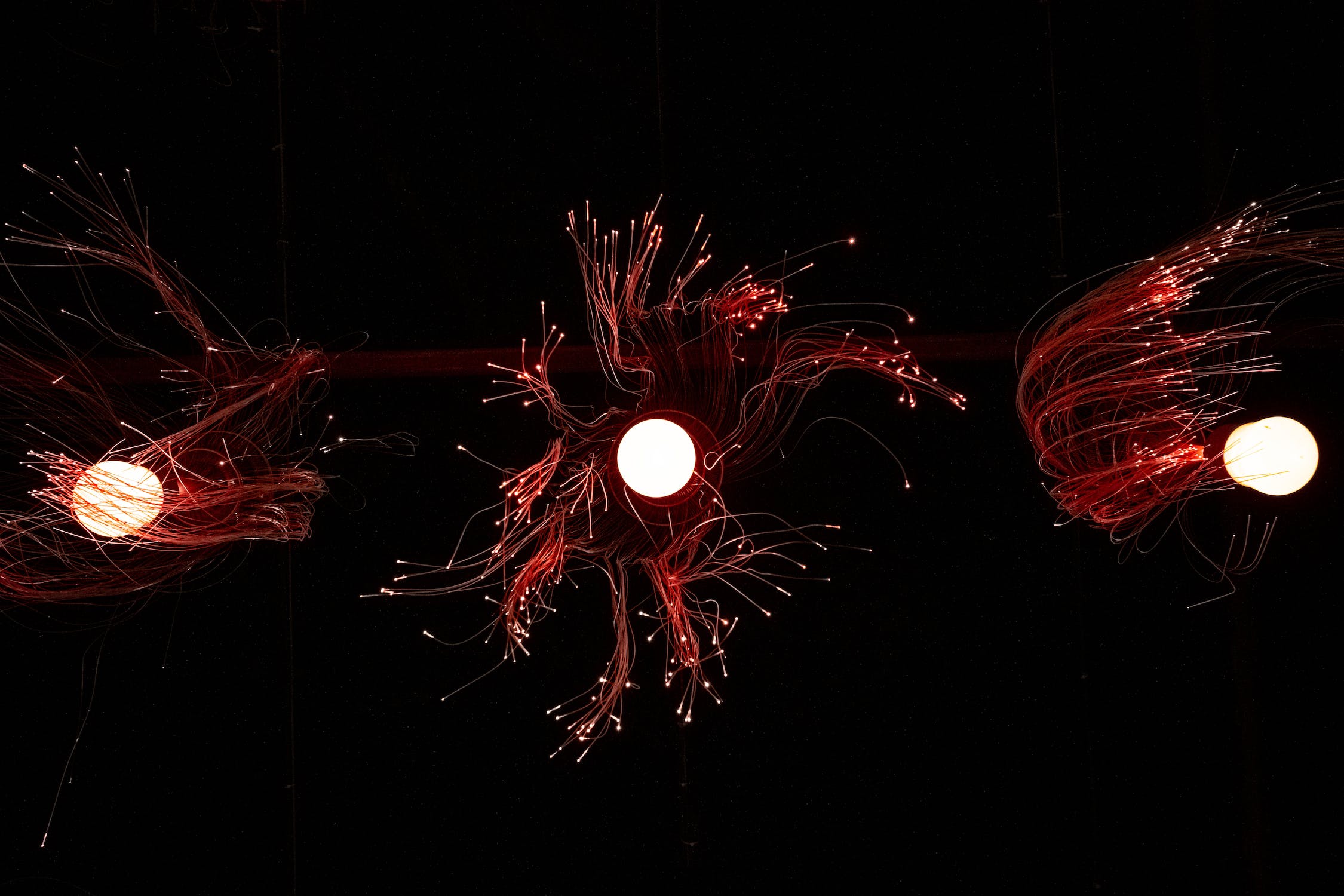A Comprehensive Guide to the Fascinating World of Fiber Optic Technology

With the advancement of technology, fiber optic cables have become an essential part of our lives. From powering high speed internet connection to even providing doctors with a clearer image of what’s going on inside the human body, fiber optics has revolutionized the way that we interact with and understand the world around us. For those looking to get a better grasp on this remarkable technology, this comprehensive guide will provide everything you need to know about fiber optic technology.
Fiber optic technology is the process of transmitting information at high speeds over long distances. It involves sending coded signals through optical fibers, which are thin strands of glass, plastic or other material that has been designed to carry light from one end to the other. These signals can be used for a variety of applications ranging from data transmission to medical imaging.
The very first type of fiber optic technology was first discovered in the late 19th century by a Scottish scientist named Alexander Graham Bell. He noted that when light shone onto a glass rod, it would be reflected back and forth in a certain pattern. Bell used this phenomenon to form the basis of an experimental telephone system he called the photophone.
In the late 1950s, researchers at Corning Glass Works in New York developed a process for creating a glass fiber that could transmit light signals over long distances. This was the first real breakthrough in the use of optical fibers for transmitting data and paved the way for the modern fiber optic cables we use today.
How Exactly Does Fiber Optic Technology Work Today?
At its most basic level, fiber optic technology functions by sending coded signals along strands of glass or plastic, which act like tiny light pipes. These signals are made up of pulses that represent binary data – ones and zeroes. When the light reaches the end of the fiber, it can be translated back into digital information.
Fiber optic cables are also made up of several distinct components, all of which must be working together in order for the technology to function properly. These include a light source, a fiber optic cable, connectors, and optical receivers. The light source is usually a laser or LED that emits pulses of light which travel down the fiber. These pulses are then picked up by the optical receivers and translated back into binary data.
The Latest Types of Fiber Optic Technology
Fiber optic technology is advancing all the time, and one of the latest types of the technology is stainless steel micro armor fiber optic cables. These are designed to be incredibly strong and durable, making them ideal for use in harsh environments or in places where the cable could be exposed to high levels of vibration. This is because these fiber optic cables are surrounded by an ‘armor’ made from top quality stainless steel, which makes them much tougher and more resistant to wear and tear. It also means the cables are better able to withstand being crushed by heavy objects or machinery.
Another type of fiber optic cable is called single-mode fiber, which is designed to send signals over longer distances than traditional multi-mode cables. This is because the single-mode cable contains a much thinner core, which enables light signals to travel further without degrading in quality or speed. Single-mode fibers are also more efficient than multi-mode cables and can carry up to 10 times the amount of data.
Fiber Optic Technology in Everyday Life
Fiber optic technology is used in a variety of everyday applications, including television and internet services. Fiber optics are also used in medical imaging, such as endoscopy and ultrasound, as well as in manufacturing processes. Fiber optics are even being used to monitor and control energy systems, such as in smart grids.
There are many other applications of fiber optic technology too. Fiber optics is used in a variety of applications both in the home and in businesses, such as security systems, data networks, robotic control systems and more. In terms of industry, fiber optics are used in aerospace, defense, telecommunications and energy production.
One fascinating example of the use of fiber optic technology is in the world of art. Lighting designers have harnessed the power of fiber optics to create spectacular displays and sculptures, using hundreds or even thousands of tiny light fibers to create beautiful effects.
Future Predictions for the Use of Fiber Optics
The future of fiber optics looks bright, and there are a number of potential applications in the pipeline. One example is the use of fiber optics in sensors, which could be used to detect the presence of pollutants in water or air. This could lead to a huge breakthrough in environmental monitoring and pollution control.
Another potential application is the use of fiber optics in smart homes, where the use of sensors and connected devices can be utilized to monitor and control lighting, security systems, energy use, and more. Fiber optics could also be used in the development of autonomous vehicles, as the technology can provide an incredibly efficient way of transferring data between sensors and the vehicle’s computer systems.
It is clear to see that fiber optic technology has the potential to revolutionize many aspects of everyday life, from communication and entertainment to security and environmental monitoring. As technology continues to evolve, fiber optics will become an even more important part of our lives. Furthermore, with the invention and advancement of 5G networks, fiber optics are being used to provide faster, more reliable internet connections that can support the huge volumes of data generated by the internet of things. The future looks bright for fiber optics, and with the continued development of new applications and uses, it is sure to revolutionize our lives in the years to come.
